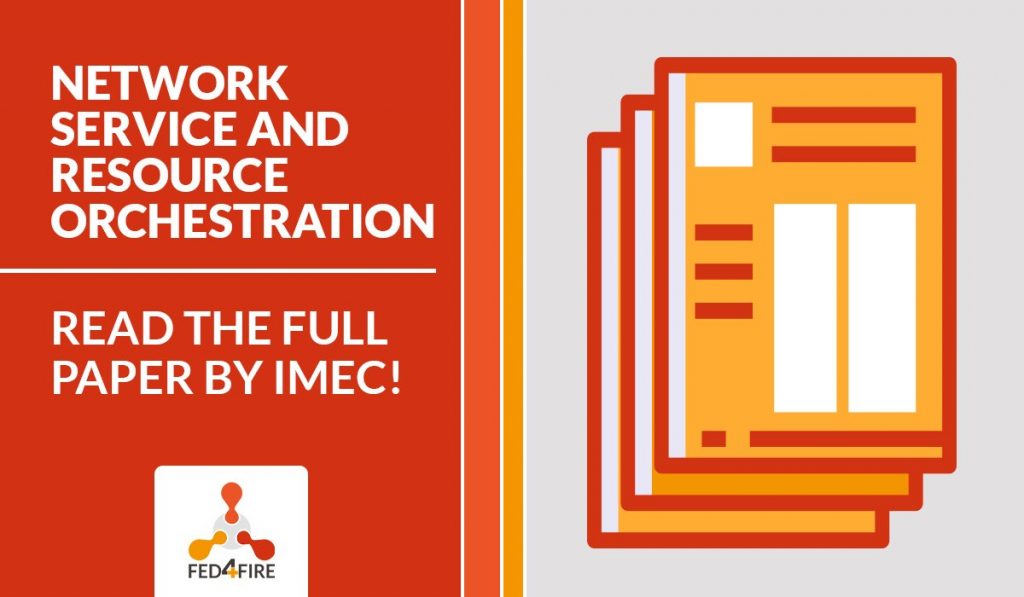imec published a new paper titled “Network Service and Resource Orchestration: A Feature and Performance Analysis within the MEC-Enhanced Vehicular Network Context“ by the authors Nina Slamnik-Krijestorac, Erik de Britto e Silva, Esteban Municio, Henrique Cesar Carvalho de Resende, Seilendria A. Hadiwardoyo, and Johann M. Marquez-Barja.
ABSTRACT
By providing storage and computational resources at the network edge, which enables hosting applications closer to the mobile users, Multi-Access Edge Computing (MEC) uses the mobile backhaul, and the network core more efficiently, thereby reducing the overall latency. Fostering the synergy between 5G and MEC brings ultra-reliable low-latency in data transmission, and paves the way towards numerous latency-sensitive automotive use cases, with the ultimate goal of enabling autonomous driving. Despite the benefits of significant latency reduction, bringing MEC platforms into 5G-based vehicular networks imposes severe challenges towards poorly scalable network management, as MEC platforms usually represent a highly heterogeneous environment. Therefore, there is a strong need to perform network management and orchestration in an automated way, which, being supported by Software Defined Networking (SDN) and Network Function Virtualization (NFV), will further decrease the latency. With recent advances in SDN, along with NFV, which aim to facilitate management automation for tackling delay issues in vehicular communications, we study the closed-loop life-cycle management of network services, and map such cycle to the Management and Orchestration (MANO) systems, such as ETSI NFV MANO. In this paper, we provide a comprehensive overview of existing MANO solutions, studying their most important features to enable network service and resource orchestration in MEC-enhanced vehicular networks. Finally, using a real testbed setup, we conduct and present an extensive performance analysis of Open Baton and Open Source MANO that are, due to their lightweight resource footprint, and compliance to ETSI standards, suitable solutions for resource and service management and orchestration within the network edge.
Download and read the full paper here.






